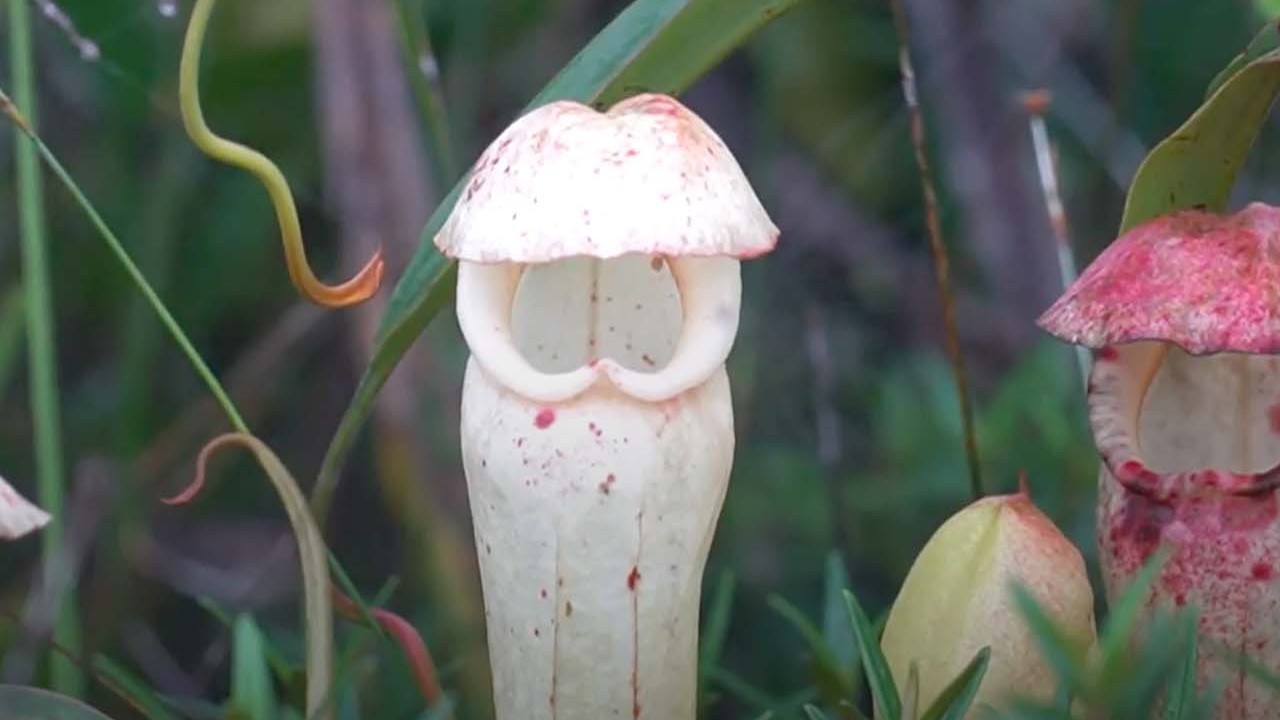
Ancient relatives of ‘penis worms’ discovered in China probably had brains
- Scientists believe the fossils show definitive examples of prehistoric brain tissue
- Whether brain tissue can be fossilised is up for debate, and this new discovery is an important piece of evidence
Contrary to the common jokes that genitalia impedes clarity of thought, a recent fossil from central China revealed that an ancient cousin of the modern “penis worm” may have indeed contained brains.
The fossils date back to the Cambrian Period (485 – 539 million years ago), and are thought to be about 500 million years old. The fossils were first discovered in Hunan province in central China and the global study included scientists from the country.

Despite the sophomoric nomenclature, the discovery itself could mark a significant breakthrough in palaeontology: it is a rare moment when scientists have found a definitive example of fossilised brain tissue from hundreds of millions of years ago.
The study, published in the Royal Society of Open Science journal in early October, paints a picture of a fossilised brain that would hold up to academic scrutiny and possibly offer hard evidence to support one side of a fierce academic debate, according to Live Science, an online news outlet.
Proving the existence of fossilised brain tissue has been remarkably difficult because the soft tissue in animal brains disintegrates faster than other parts of the body, making it rare to have survived for hundreds of millions of years.
A particular sector of palaeontologists does not believe brain tissue can survive long enough to become fossils we can see today.

However, there have been other moments when palaeontologists claimed they found brain tissue, only to be met with scepticism as many scientists believed nervous tissue was too sensitive to fossilise.
In 2016, scientists announced that they had discovered what they believed was the first example of a dinosaur brain fossil.
Speaking on the penis worm discovery, Nicholas Strausfeld, a regents professor in the Department of Neuroscience at the University of Arizona told Live Science: “[The fossil] seems to me, inescapably, a tissue that is not muscle – and it’s not gut either, so what could it be? I would say they are neurons.”
The fossils were surrounded by limestone before being dissolved into micro-fossils that were then analysed. Initially, the fossils were thought to be muscles, but upon further analysis, the scientists found structures that were more similar to brains.
Philip Donoghue, a professor of palaeobiology at the University of Bristol in England, told Live Science that the fossil featured nervous cell tissue that was connected near its head. This, the scientists said, was likely the animal’s brain.
The hypothesis was further supported by the discovery of different fossilised masses towards the tail, which were muscular, providing a distinct comparison to the head and brain.
Ancient penis worms have proven to be uniquely insightful creatures from which scientists learn about how the prehistoric world works.
Another strange quirk of the Markuelia hunanensis fossils is that scientists have never found an adult specimen of the animal but have discovered hundreds of juveniles.


